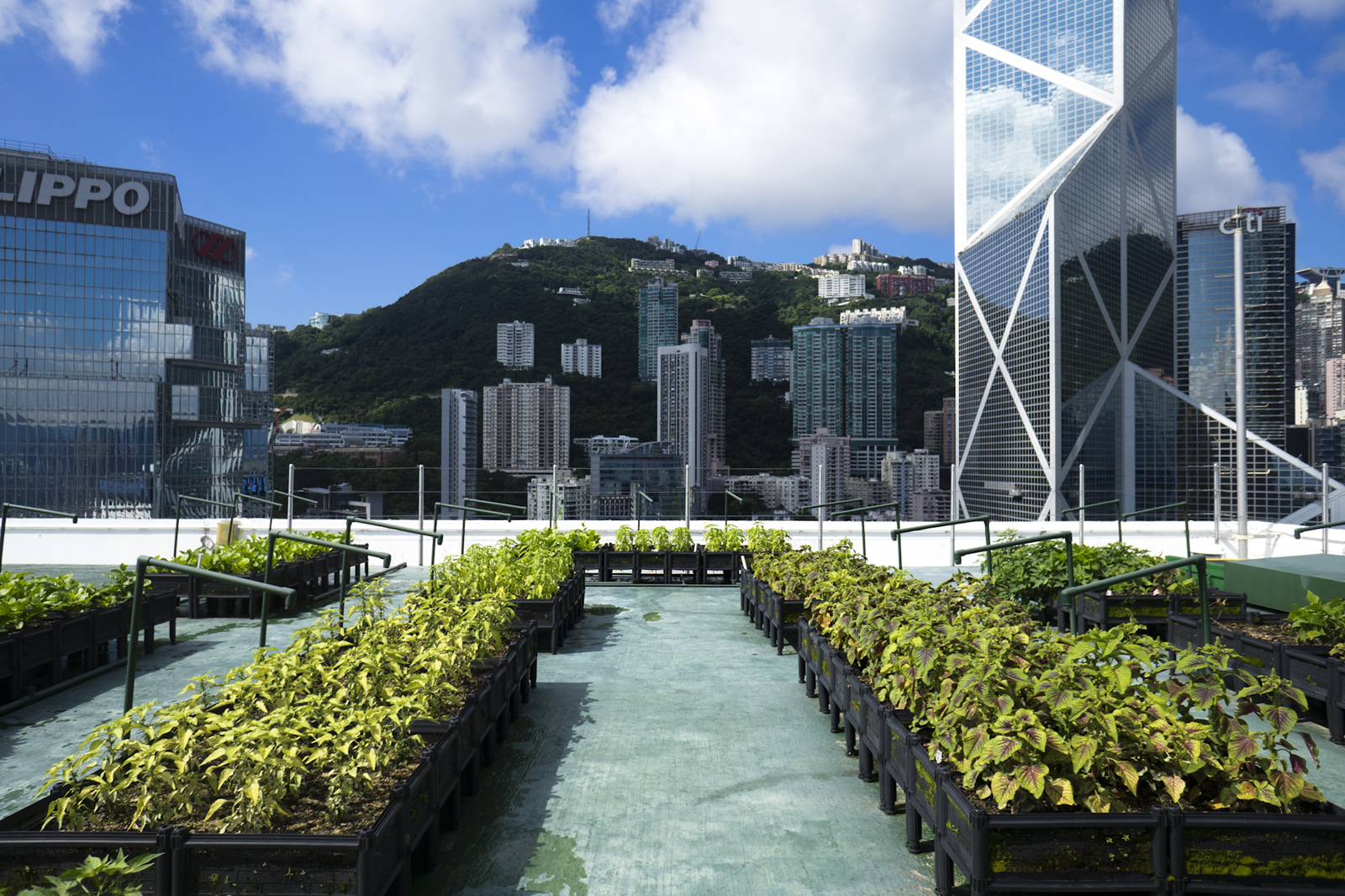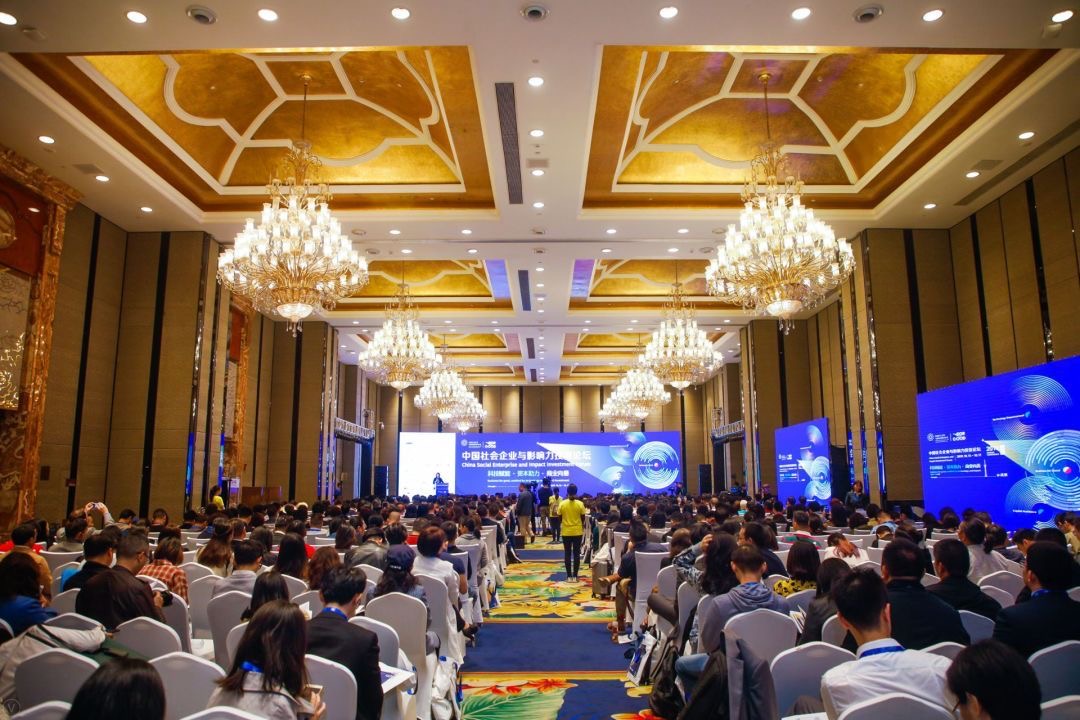The Power of NextGen Impact Investing In Asia

Many young Asian entrepreneurs consider philanthropy an unsustainable model, which is why they're turning to impact investing.

Two years ago Dorothy Lam set up a platform called Dream Impact, a part-incubator, part-accelerator, for sustainable start-ups in Hong Kong.
“We wanted to give back to the community in a tangible way, so my father and I founded this platform,” she says, at the TBLI conference in Hong Kong where she was speaking on a panel.
Dream Impact was spun out of Dorothy’s family's storage business, a large space in Lai Chi Kok which provides a hub for events and pitches. Members include Rooftop Republic, an urban farming pioneer, and OhMyKids.org, a platform set up to empower and inspire children.
But whereas her father and his generation tend to prefer to give back through philanthropy, 26-year-old Dorothy says a more sustainable solution is to foster an eco-system where companies are as focused on social responsibility as they are on profit.

Rooftop Republic's urban farm at JLL's office in Hong Kong (c) Sarah Thrower
Lam may be considered typical of second-generation business owners in Asia who increasingly are looking to give back through investment. According to a new report from The Centre for Asian Philanthropy and Society (CAPS), social enterprises and impact investment are burgeoning in the region. As wealth grows and enthusiasm surges for new actors to come together to address societal challenges, the number of social enterprises has risen to at least 1.2 million in the six Asian economies studied in the report (Japan, Korea, Hong Kong, Thailand, Indonesia, and Pakistan).
Promisingly, governments of these economies are spending at least US$100 million in support for social enterprises per year. But despite keen interest in supporting social enterprises, there is a lack of research on what is needed and how to help. With 60 percent of the world’s total population and a 50 percent share of global GDP, Asia still only receives 16 percent of the US$502 billion global impact investment.
“The study sheds light on important aspects of the sector which are often misunderstood,” says Ruth A. Shapiro, Founder and Chief Executive of CAPS. “For example, 95 percent of social enterprises are or want to be profitable as the path to achieving their social mission. These statistics illustrate the seriousness social enterprises place on being viable businesses in addition to generating social impact.” The report showed that almost half of all founders are women, and two thirds of all founders are under the age of 40.
Drew Suthiponchai, the 29-year old second generation member of a prominent Bangkok family, is also interested in impact investment. Last year she set up her family office in Hong Kong and at the same time, helps her family to invest through venture capital into technologies to solve, for example, climate change or the rising cost of healthcare. One example is a company which uses artificial intelligence for ultrasound which reduces the cost of the traditional ultra sound by 100 times. Another, called VeriCool, has hit on an alternative to Styrofoam packaging. Drew believes the most important thing for an impact company is to have a strong business model in its own right.
“It’s not philanthropy, it needs to be able to make a profit and be on track, we go in at an early stage. They need to have done their research,” she says.
But according to CAPS, one of the main issues is confusion around the industry and a lack of proper reporting.

One organisation hoping to make headway in this field is the Beijing-based China Social Enterprise and Impact Investing Forum, jointly founded by a group of 17 top Chinese foundations and venture philanthropic organisation in 2014. Through regular seminars, investor salons, an annual forum and national awards, it aims to enable and support the industry whilst establishing guidance and structure. It currently has around 600 China-born social enterprises on its database which have been vetted before approval.
“We see an increasing number of young entrepreneurs looking to be more innovative,” says Lillian Lin, who recently joined China Social Enterprise and Impact Investing Forum as director. “Whereas the older generation can’t understand why kids want to combine the two – they think donation is one thing and business another – for this generation, it’s Philanthropy 2:0.”
She adds that many of the younger generation believe traditional philanthropy to be unsustainable and often more for a PR purpose than true giving, while impact investment can be quietly embedded into a business model, indefinitely.
Lin agrees the main challenge the Asian impact investment industry faces, particularly in China, is a lack of standards and good practices.
“We need to set standards and promote best practices to tell more young people how to do it. The question of why is very easy to explain. To tell them how, is more difficult.”








